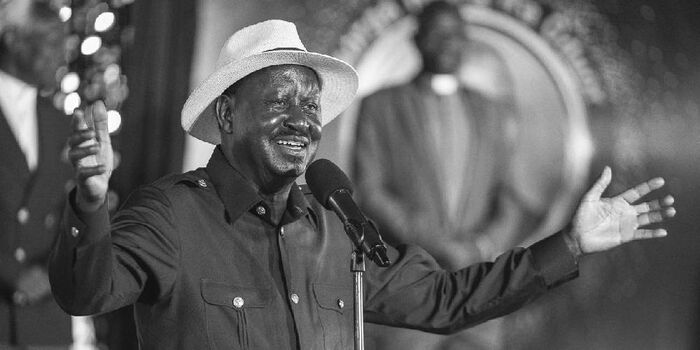The death of Raila Odinga, the long-serving opposition leader and political icon, has sent shockwaves through Kenya’s political landscape and nowhere is the impact more deeply felt than in Nairobi. For nearly two decades, Raila’s charisma and influence made the Orange Democratic Movement (ODM) the dominant political force in the capital. His ability to rally diverse ethnic and social groups under the Orange banner gave ODM a near-unchallenged grip on Nairobi’s politics since 2007.
However, analysts now warn that ODM’s control over the city is hanging by a thread. Without Raila’s unifying presence, the party faces internal divisions and growing competition from emerging political forces. Nairobi, with its cosmopolitan electorate and youthful population, has always been politically fluid and Raila’s personal magnetism often bridged gaps that policy and structure could not.
The absence of such a towering figure exposes cracks within ODM’s leadership. Factions loyal to different party heavyweights, such as Nairobi Governor Johnson Sakaja’s allies and Raila’s long-time confidants, could soon jostle for control. Furthermore, President William Ruto’s United Democratic Alliance (UDA) and smaller outfits like Jubilee and the Democratic Action Party of Kenya (DAP-K) are already eyeing an opportunity to woo disillusioned ODM supporters.
ODM’s dominance in Nairobi’s parliamentary, ward, and gubernatorial seats could therefore erode rapidly if the party fails to reinvent itself. Political observers suggest that the next general election could mark a turning point, with ODM either transforming under new leadership or losing its traditional base to competitors.
As the city mourns Raila Odinga, its residents also brace for a new era in urban politics one that may finally end ODM’s long reign and redefine the future of Kenya’s political capital.

